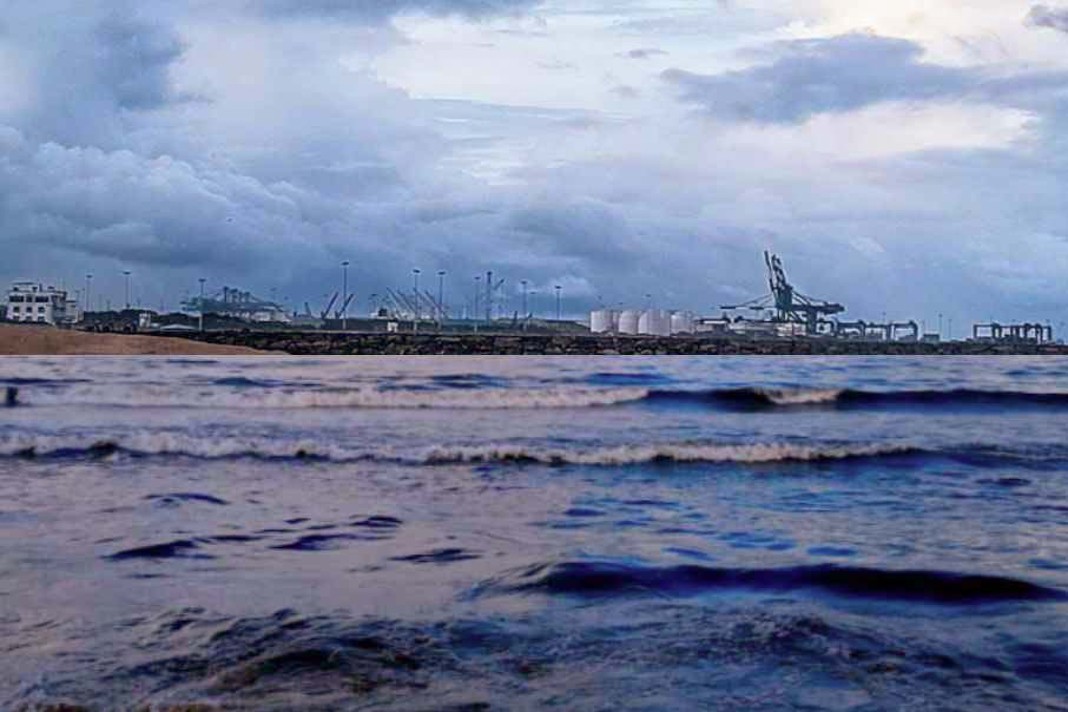- The latest data on global shipping schedule reliability indicates a recovery with uneven progress.
- While a modest month-over-month improvement is observed, a year-over-year comparison reveals persistent challenges in numerous trade lanes.
May 2024 saw a global increase of 3.8 percentage points in schedule reliability, reaching a year-to-date high of 55.8%. However, this seemingly positive trend is overshadowed by an 11.0 percentage point decline compared to May 2023. This inconsistency highlights the uneven recovery process in the global shipping industry.
Trade Lane Disparity: East Coast Gets Squeezed
An analysis of individual trade lanes unveils a more concerning trend. Out of the 29 tracked routes, a staggering number (29) experienced a year-over-year decline in schedule reliability. This variability is further emphasized by the contrasting performances of the Asia-North America West Coast (NAWC) and East Coast (NAEC) routes.
The Asia-NAWC lane emerged as a bright spot, recording the most significant year-over-year improvement and nearly approaching pre-pandemic levels of reliability. This is encouraging news for businesses utilizing this route.
However, the picture is far bleaker for those relying on the East Coast route. The data reveals a stagnant NAEC lane, with the gap in performance between the two routes widening since 2023. This translates to significantly more supply chain disruptions for North American importers on the East Coast.
Beyond NAWC: Red Sea Crisis Ripples Outward
The Asia-Middle East trade lane offers another cause for concern. This route witnessed a drastic year-over-year decline in schedule reliability, even falling below the lowest point recorded during the pandemic. This suggests that the ongoing Red Sea crisis is having a substantial negative impact on the region’s overall shipping efficiency.
Uncertain Waters Ahead
The current data underscores the need for continued vigilance in the global shipping industry. While improvements in certain trade lanes offer a glimmer of hope, persistent disruptions and regional challenges remain. Businesses navigating this complex landscape would be wise to closely monitor these trends and adapt their strategies accordingly.
Did you subscribe to our daily Newsletter?
It’s Free! Click here to Subscribe
Source: Sea Intelligence



















